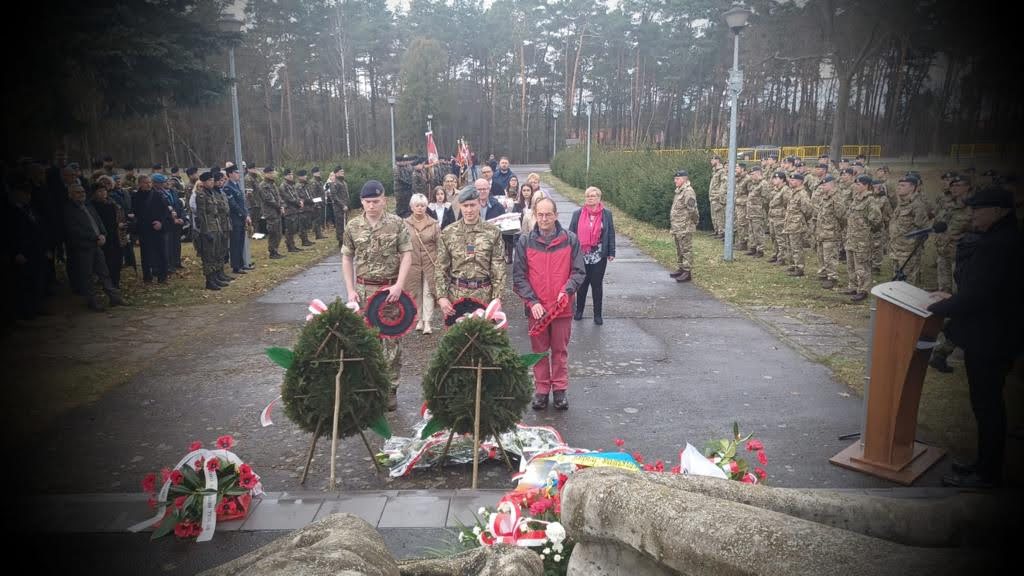As part of the RAF force development programme visits are arranged to sites across UK and Europe of significance to the RAF history. I was invited to participate in their Per Ardua Eagle Great Escape 2023 to Zagan, Poland 20-26 March to commemorate the murder of The Fifty after the escape from Stalag Luft 3. Twenty eight of the Fifty were Bomber Command and are remembered on our memorial walls. Over many years Air Cdre Charles Clarke OBE joined these trips as President of the RAFs ex-PoW Association and provided a first-hand account of conditions in the camp and other locations visited during this trip. This was my second trip with the RAF since Charles death in 2019, I was able to provide a PoW perspective even though it was from Gulf War One in 1991.
The team flew into Poznan airport so we could visit the Old Military Cemetery in Poznan where 48 of the 50 murdered Great Escapers are buried. A short service of remembrance was held in the cemetery, laying a couple of wreaths and some Poppy Crosses.
The RAF personnel were involved in some briefings at various times on the trip as we visited a variety of places. At the site of Stalag Luft 3 we visited the museum, the site of tunnel Harry used in the Great Escape and then to the mausoleum built by the PoWs to inter the remains of the fifty after they had been murdered and cremated. They were later moved to Poznan Old Military Cemetery.
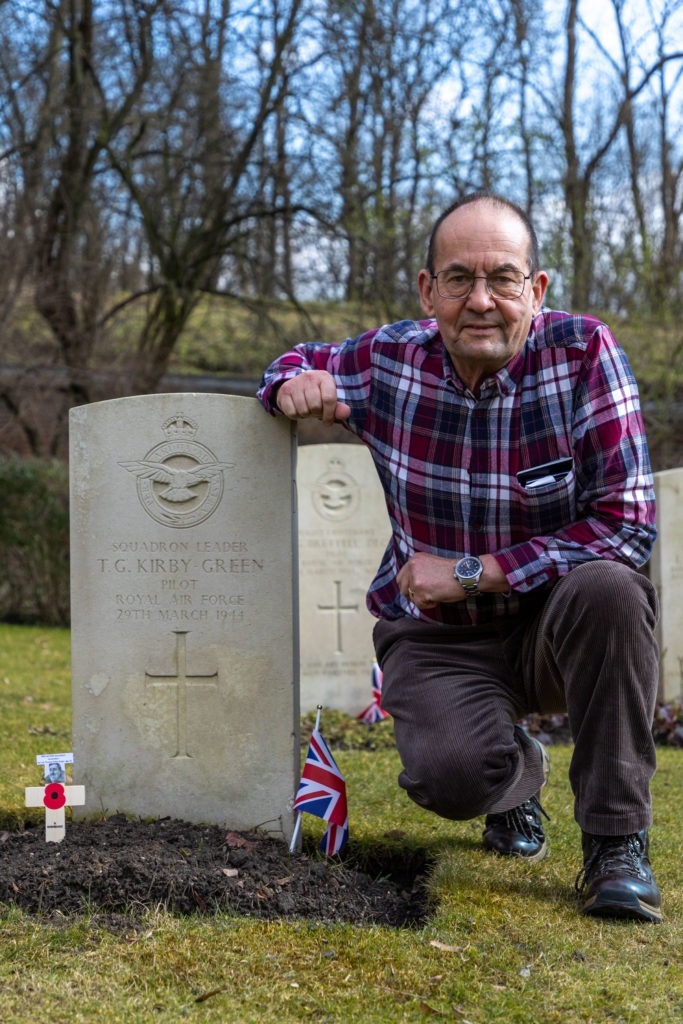
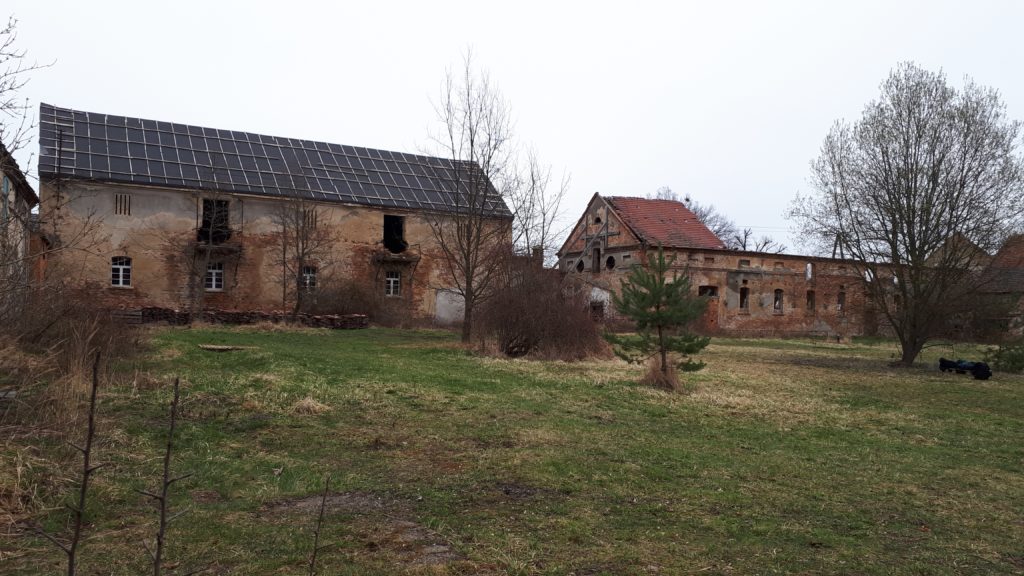

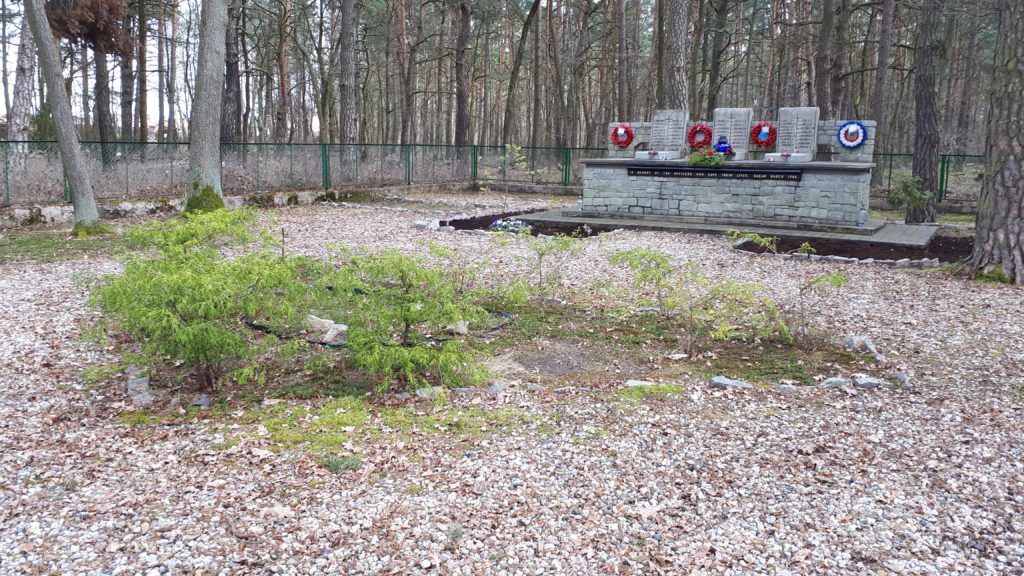
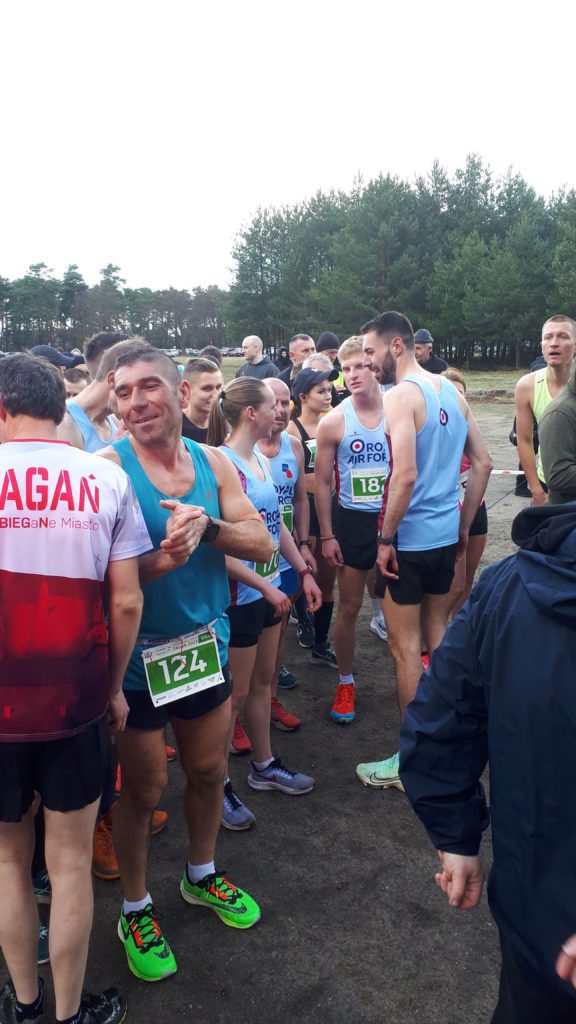
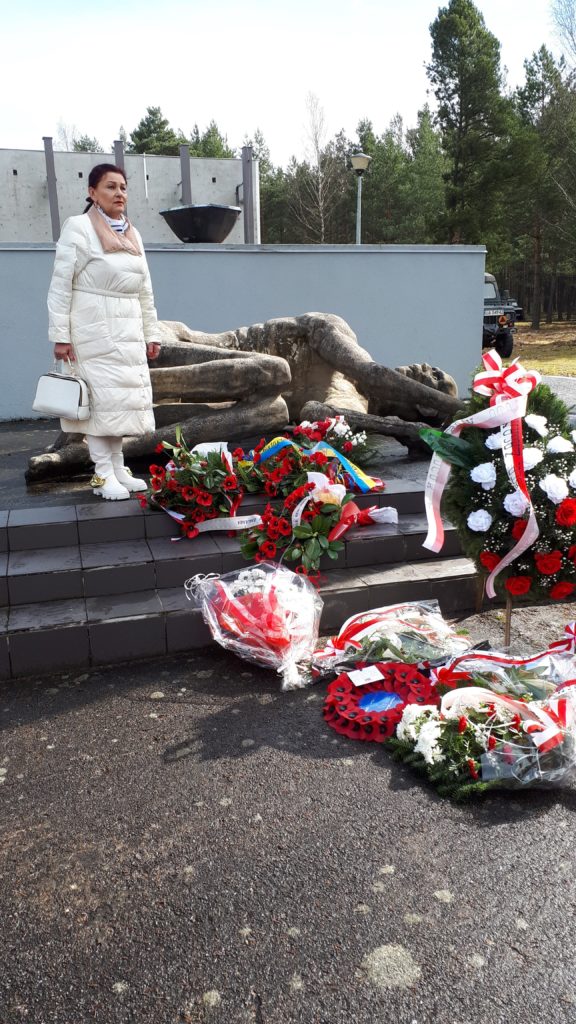
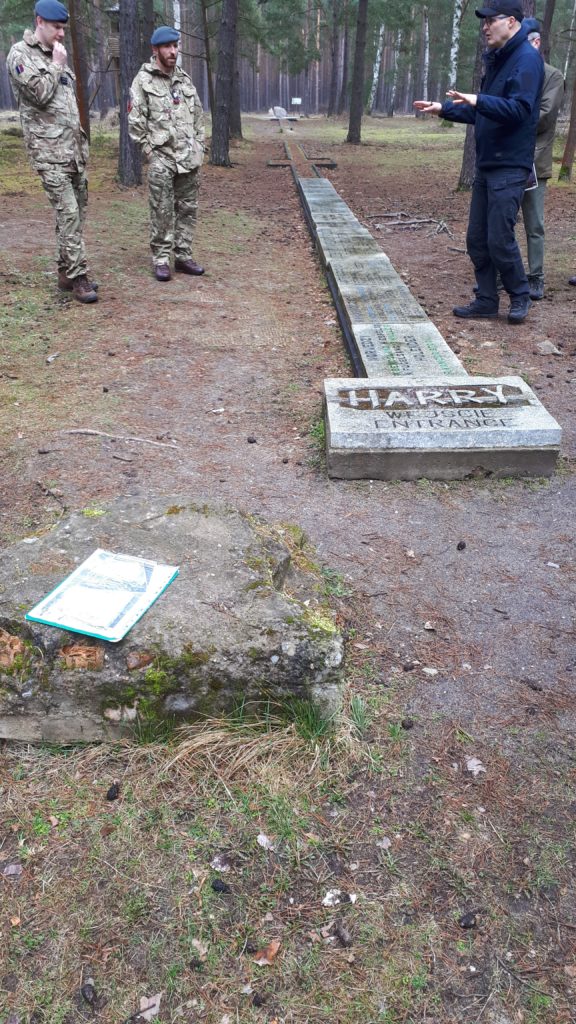
In addition to remembering the Great Escape we also discussed the Long March from Stalag Luft 3 to Spremberg station at the end of January 1945, in snow and minus 20 degs. We visited barns in the village of Lipna where thousands of POWs sheltered overnight on their way to Spremberg. The current owners are restoring the barns and intend to open a small museum to commemorate the Long March. Other PoWs sheltered in the church of Illowa , many from the US and a plaque is in place to commemorate this event.
On Friday 24 March, the date of the Great Escape, a brief parade and memorial service was held at the Stalag Luft 3 / Stalag VIIIC museum. The RAF was on parade with the Polish Army, Polish military band, several Polish generals, Polish veterans, civilian dignitaries and representatives from the United States, Canada, the British Embassy. Each of the fifty were remembered as their name was read out followed by a short drum roll.
On the following day the local community were involved in the Great Escape run where 3 races were held, an obstacle race called the Great Escape run and a 5km and 10km run. The routes for these are through the pine forest that has taken over the extensive area that used to be the POW camps. The end of the 10 kilometre race encapsulated the spirit of the day as the two leading runners crossed the finish line together, a civilian from the local Zagan running club accompanied by an RAF running team member.
